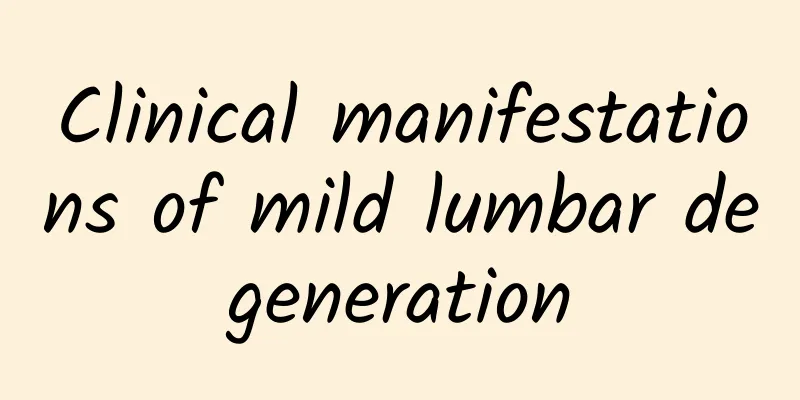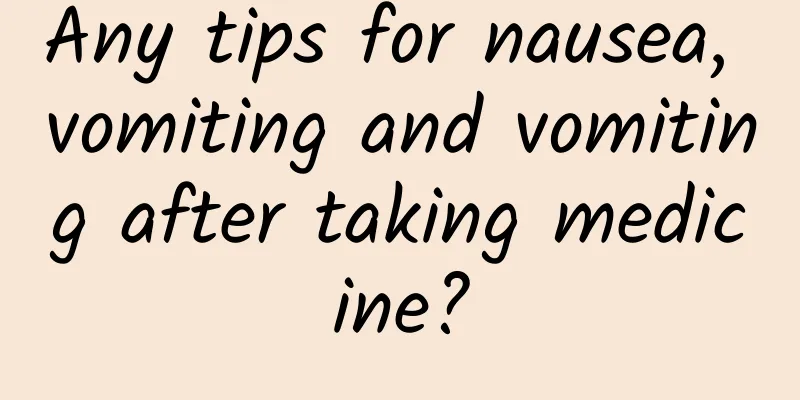Why does my child always have nosebleeds?

|
Many parents are troubled because their children always have nosebleeds. Nosebleeds in children are a very common childhood disease, which are generally divided into pathological and physiological. Pathological ones are mainly caused by colds, rhinitis, or some blood diseases. Physiological ones are caused by children getting angry, or having reduced resistance, or nasal septum injury caused by external reasons. Nosebleeds in children should be taken seriously to avoid delaying the best treatment time for the disease. Children who are prone to nosebleeds can be roughly divided into the following categories: 1. Children with colds - Because colds can reduce the resistance of the nasal mucosa, and the symptoms of colds (nasal congestion, runny nose, nasal pus, etc.) can cause children to do some actions that directly harm the nasal mucosa (such as blowing their nose hard, picking their nose, etc.), making them prone to nosebleeds. 2. Children suffering from nasal allergies - due to itchy, runny nose, and nasal congestion, they often pick their noses, which causes the nasal mucosa to be frequently injured and bleed. 3. Children who have the habit of picking their noses with their fingers - due to frequent picking of the nose, the entrance of the nose and the nasal vestibule are repeatedly injured and scabbed, and then stained with nasal mucus, the children will pick their noses uncontrollably, and this vicious cycle will cause ulcers at the entrance of the nose and the vestibule over time, and they will bleed easily. 4. Children with blood diseases - Although these children have no nose injuries, they often have nosebleeds. The flow rate is usually slow, but the frequency is very frequent. This type of nosebleed is often caused by blood diseases. If this happens, you must go to the hospital immediately for a blood test to be on the safe side. Parents should not panic when seeing heavy bleeding. It is best to immediately press the nostrils on both sides with the thumb and middle finger at the same time to compress the bleeding area and stop the bleeding. Release your hand after about five minutes to see if the bleeding has stopped. If bleeding continues, repeat pressing the nostrils for another five to ten minutes. This will usually stop the bleeding. If not, you must immediately seek emergency treatment from an ENT doctor. When many parents see their children bleeding from the nose, they often stuff toilet paper or cotton into the child's nasal cavity in an attempt to stop the bleeding. However, the bleeding often fails due to insufficient pressure or the wrong location. At this time, parents often let the child lie down flat, thinking that this can help stop the bleeding. In fact, this is not appropriate, because once the child lies down, the nosebleed that was originally flowing out will flow back into the mouth and throat, making it difficult for the child to breathe, or swallow a large amount of blood, which will irritate the stomach wall and cause vomiting with blood, which will make the parents panic. |
<<: Will children have nosebleeds if they have rhinitis?
>>: What should children eat when they have nosebleeds?
Recommend
How to maintain health and detoxification
The human body will be affected by the environmen...
How to eliminate toe bruises?
Bruising on the toes is usually caused by externa...
Manifestations of phobia
A person's mental state reflects his or her l...
Sciatica during 5 months of pregnancy
The bodies of pregnant women are very fragile dur...
What medicine is effective for treating athlete's foot? Recommended by professional doctors!
Athlete's foot is troubling many people. It m...
What is the standard abdominal circumference at 36 weeks?
We all know that when a woman is 36 weeks pregnan...
What is a healthy diet for seborrheic dermatitis of the scalp?
The occurrence of scalp seborrheic dermatitis is ...
The efficacy and contraindications of soaking Astragalus and Codonopsis in water
Drinking Astragalus membranaceus soaked in water ...
What to do if your hands are swollen due to allergies
I believe that many people often suffer from redn...
What causes cheekbone pain?
No one is perfect. In life, everyone has various ...
How to quickly relieve diarrhea in five minutes?
Diarrhea is an extremely painful experience for m...
Lower extremity venous thrombosis
Perhaps many people have not heard of the name of...
What are the symptoms of weak spleen and stomach? How to maintain healthy spleen and stomach for children?
Many children with weak spleen and stomach suffer...
Medicinal value of lotus seeds
There are many names for Ma Lianzi, such as Malan...
What medicine should I take for bile duct inflammation?
When the bile duct is inflamed, it can be treated...









